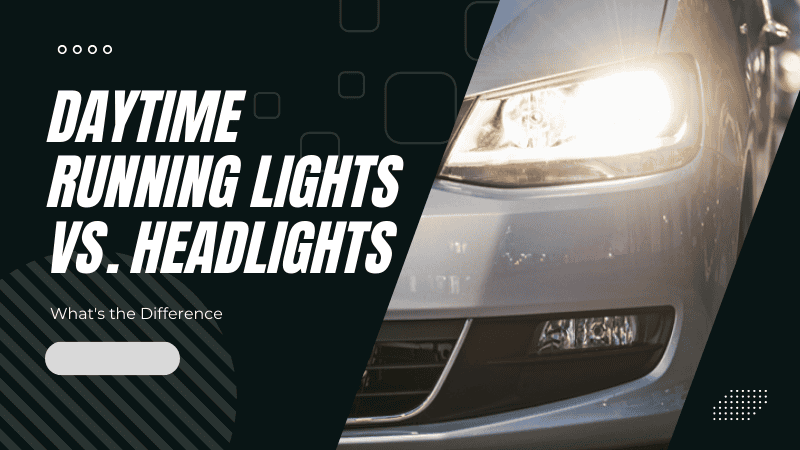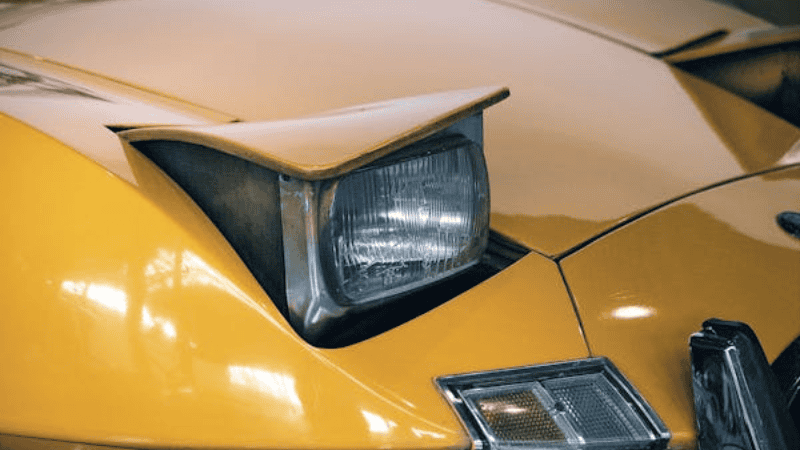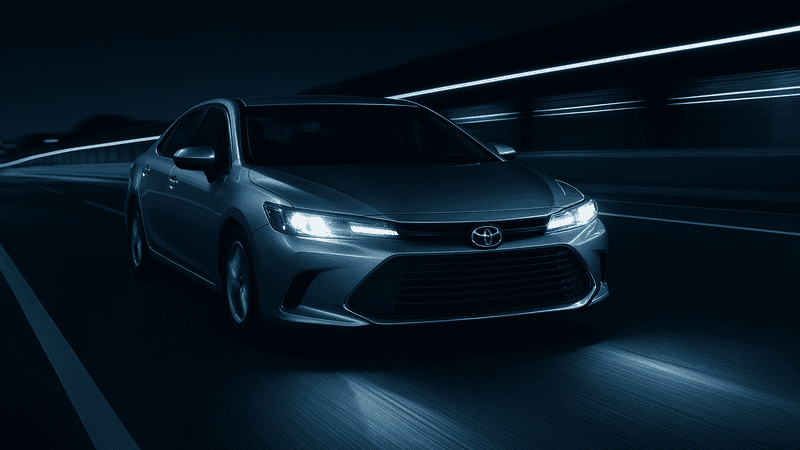Visibility is one of the key factors in driving safety. Whether on the road during the night or day, it is important to see the road ahead of you and that other drivers see you.
One vital element contributing to your driving safety is the proper usage of your vehicle’s lighting system. Whether it’s the headlights, fog lights, or brake lights, your car’s lighting system contributes a big percentage of your safety on the road.
This article explains two important parts of your vehicle’s lighting system: daytime running lights (DRLs) and headlights. By understanding their unique functions and features, you can make an informed decision about upgrading your lighting system.
What are Daytime Running Lights (DRLs)?
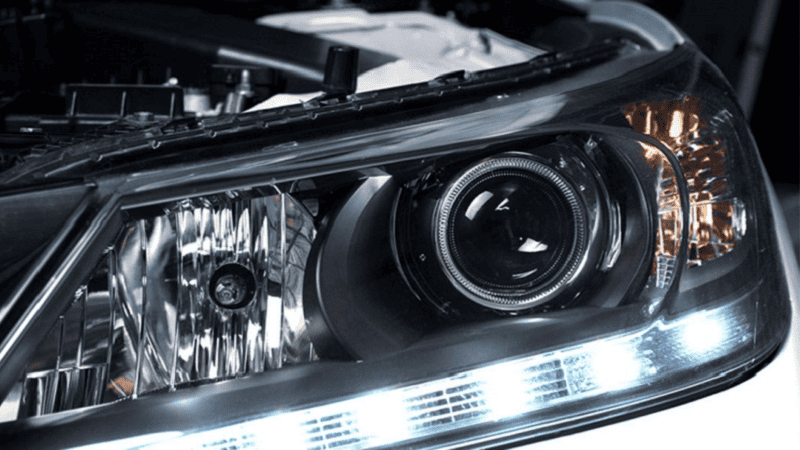
Daytime running lights are an automotive lighting system designed to enhance vehicles’ visibility during daylight hours.
Unlike headlights, built to be used at night and when driving in diminished light conditions, DRLs are engineered to illuminate when you start your engine automatically.
How Do DRLs Operate in Vehicles?
Daytime running lights typically emit a subdued beam of light, running at a lower intensity compared to headlights. This emission augments your vehicle’s visibility to other road users.
Most modern cars have daytime running lights as a standard safety feature. These lights come on automatically when you ignite your engine and disengage when headlights are in use.
What are Headlights?
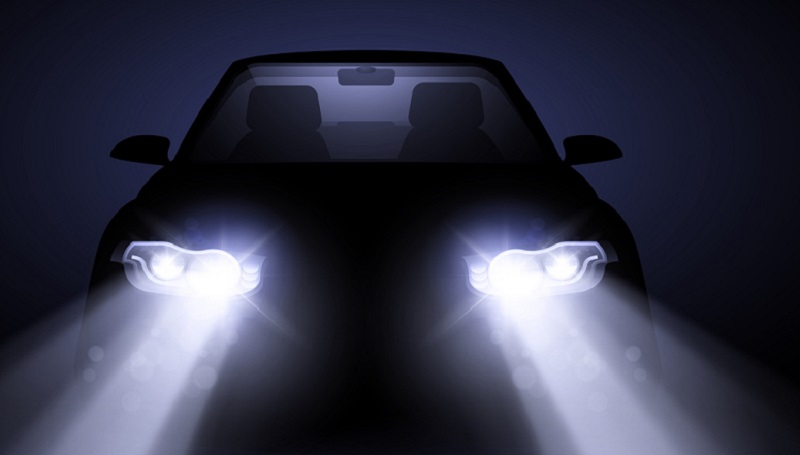
Headlights are the main source of illumination for your vehicle during nighttime driving and conditions of low visibility, such as fog or rain. Their primary function is to illuminate the road ahead, ensuring your visibility and overall safety.
Different Types of Headlights
There are several types of headlights, each with distinct functionalities and advantages. For instance, light-emitting diodes (LEDs) are popular because they are energy-efficient and long-lasting.
On the other hand, high-intensity discharge (HID) headlights are lauded for their unparalleled brightness compared to halogen headlights.

- Halogen headlights: Halogen headlights are the most common type of headlights found in many vehicles. They use a tungsten filament enclosed in a bulb filled with halogen gas. Halogen bulbs emit a warm yellowish light, are affordable to purchase, and have a relatively shorter lifespan compared to HID and LED lights.
- Light-emitting diode (LED) headlights: While not as popular as halogens, LED headlights are becoming more popular because of their energy efficiency and longevity. They emit a bright white light and consume less energy than halogen headlights. They also last longer than halogens, minimizing the need for frequent replacement of your headlight bulb.
- High-Intensity Discharge (HID) headlights: Also called xenon headlights, HID headlights emit bright bluish-white light. They ignite xenon gas within a quartz tube to produce an intense arc of light. They produce superior brightness to halogen bulbs but are relatively expensive to replace.
- Adaptive headlights: Adaptive headlights use sensors and motors to adjust the light intensity and direction of your headlight beam based on the conditions you are driving in. These lights can change in response to your driving speed, steering input, and road curvature. Adaptive headlights are particularly perfect for nighttime driving on winding roads. Unlike normal headlights, adaptive headlights improve visibility around corners and uneven road terrain.
- Matrix LED headlights: Matrix LED headlights are an advanced type of LED headlight that employs individual LED elements that you can selectively control depending on the area of the road you want to illuminate. This advanced technology allows precise beam shaping and adaptive lighting. Matrix headlights are perfect for nighttime driving as they enable optimal illumination without blinding other drivers with glare. Matrix LED headlights are a performance leap in automotive lighting technology, providing unparalleled versatility and driving safety.

Pros and Cons of DRLs and Headlights
While daytime running lights and headlights serve distinct functions on your vehicle’s lighting system, both have advantages and disadvantages. Here’s a breakdown of the pros and cons of DRLs and headlights.
Pros of Daytime Running Lights
- Enhanced visibility: DRLs enhance your vehicle’s visibility during daytime driving. Their steady, bright lighting makes your vehicle easily visible to other drivers, thereby minimizing the likelihood of daytime collisions.
- Energy efficiency: Daytime running lights consume less power than headlights. This increases the fuel efficiency of your vehicle and minimizes emissions. Energy efficiency is particularly advantageous to vehicles equipped with hybrid or electric powertrains, which benefit from energy efficiency more than gas-powered vehicles.
- DRLs are a standardized safety feature. Most new vehicles come with daytime running lights as a standard safety feature. This is not because they enhance a vehicle’s aesthetics; many regions mandate car manufacturers to include DRLs in new cars.
Cons of DRLs
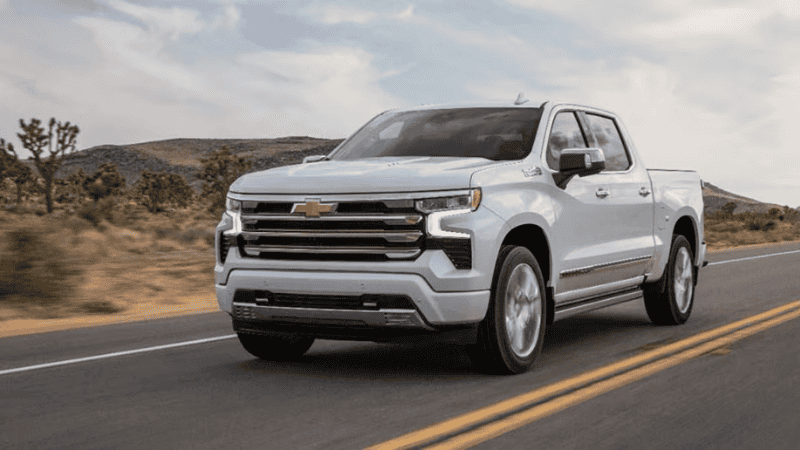
- Limited efficiency in adverse driving conditions. While daytime running lights improve driving safety during normal daytime conditions, their efficiency may be reduced in intense conditions such as dense fog or heavy rainy conditions. In such situations, you may need to use extra lighting for enhanced visibility.
- Potential glare. It’s unlikely that you find DRLs causing glare. However, when their positioning is improper, they may cause glare, impeding visibility and potentially distracting oncoming traffic. It is important to ensure that your DRLs are properly positioned and aimed at enhancing visibility for all other road users.
Pros of Headlights
- Essential illumination. Headlights are an indispensable part of vehicles’ lighting systems, especially for nocturnal driving and intense weather conditions. Their effectiveness in illuminating the path ahead helps you navigate the road easily. With superior headlights, you can see obstacles, road signs, and other road hazards from a distance, minimizing the likelihood of causing an accident.
- Available in varieties. The availability of headlights in many varieties allows you to choose the type of headlights that best fits your driving needs. You can choose from the traditional halogen headlights, the high-efficiency LED headlights, or the superior bright HID headlights. This lets you install your vehicle with headlights that best fit your budget.
- Manual adjustment. Many vehicles come with manually adjustable headlights. This enables you to adjust the positioning and brightness of your headlight to cater to varied road conditions. It also allows you to adjust your headlight beam to minimize glare to oncoming drivers.
Cons of Headlights
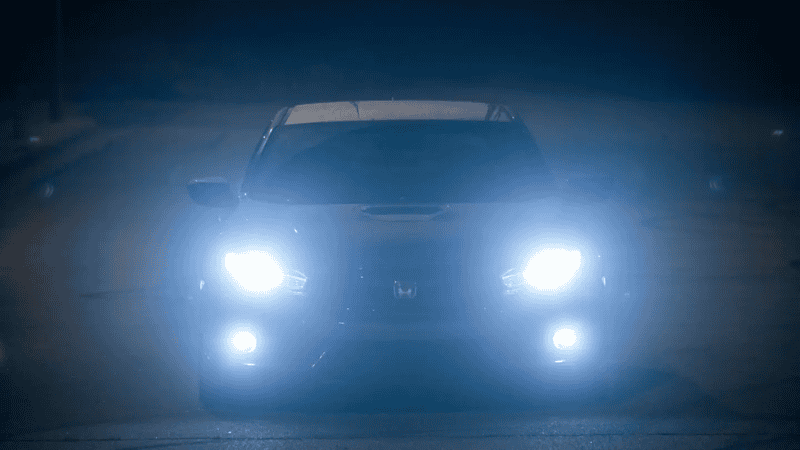
- High power consumption. Headlights consume more power than DRLs. This potentially impacts fuel efficiency, especially when driving in adverse conditions and having to drive with lights on during the day. This excessive power consumption may affect older vehicles with less energy-efficient lighting systems.
- Glare. Improperly installed, positioned headlights may cause glare, compromising the visibility and safety of other road users. Excessive glare may also cause discomfort and distraction to oncoming traffic, increasing the likelihood of accidents.
Key Differences Between DRLs and Headlights
| Feature | Daytime Running Lights (DRLs) | Headlights |
|---|---|---|
| Purpose | Enhance visibility of the vehicle during daylight. | Provide illumination for driving at night and in poor visibility conditions. |
| Operation | Automatically turn on when the vehicle is in motion. | Manually turned on by the driver, usually with an in-car switch. |
| Brightness | Generally less bright than headlights. | Much brighter, designed to illuminate the road ahead. |
| Location | Often positioned on the front of the vehicle, integrated into the front bumper or above the main headlights. | Typically located at the front of the vehicle, directly above or next to the bumper. |
| Regulation | Required by law in many countries, especially in Europe. | Required globally, with specific regulations varying by country. |
| Light Color | Usually white, sometimes amber. | Predominantly white, with some vehicles featuring adaptive or tinted lighting. |
| Usage Timing | Operate during the day. | Used at night or during low visibility conditions like fog or heavy rain. |
To outline the differences between daytime running lights and headlights more comprehensively, let’s dive deeper into their key features.
- Purpose-Daytime running lights are primarily designed to improve visibility during the day. They serve as a proactive safety measure to make your vehicle more visible. Headlights, on the other hand, are engineered to illuminate the road ahead of you while you are driving at night. They’re also useful during adverse daytime conditions. A major difference is that DRLs are meant to help other drivers see your oncoming vehicle, while headlights help you see the road ahead.
- Activation-DRLs are engineered to come on automatically when you ignite your engine. This automatic activation ensures that there is no day you drive without the daytime running lights, enhancing your safety on the road during daytime driving. In comparison, you can manually turn your car’s headlights on when darkness begins to form or when driving in areas with diminished light.
- Intensity– Daytime running lights emit lower light intensity than headlights. This ensures that oncoming drivers can see you and not be affected by the intensity of your DRLs. The increased intensity enhances visibility, enabling drivers to identify obstacles and other road hazards and avoid accidents quickly.

FAQs
- Are DRLs mandatory on all vehicles?
While DRLs are an important safety feature in most modern cars, their legal requirements vary from region to region.
- Can DRL substitute headlights at night?
No, daytime running lights are not designed and engineered for the long-range illumination offered by headlights. They don’t emit enough light for nighttime driving.
- Are LED headlights better than halogen headlights?
Yes. LED headlight bulbs are lauded for their superior brightness and longevity. This makes them better than halogen headlight bulbs in every aspect except the pricing point.
Conclusion
In essence, discerning the difference between daytime running lights and headlights is of the utmost importance.
While DRLs are engineered to augment your visibility during daytime driving, headlights assume the essential role of illuminating the road during the night and adverse driving conditions.
By employing both lights, you avoid daytime collisions by ensuring your vehicle is visible to oncoming drivers and nighttime accidents by ensuring the road ahead of you is visible.
Carlightvision – Your Reliable Partner for Quality Headlights
At Carlightvision, we pride ourselves on being among the top manufacturers and providers of quality automotive lighting systems worldwide.
Our unwavering focus on quality and customer satisfaction enables us to offer a massive selection of reliable LED headlights. Contact us today, or check out our range of LED headlights on our product page.
